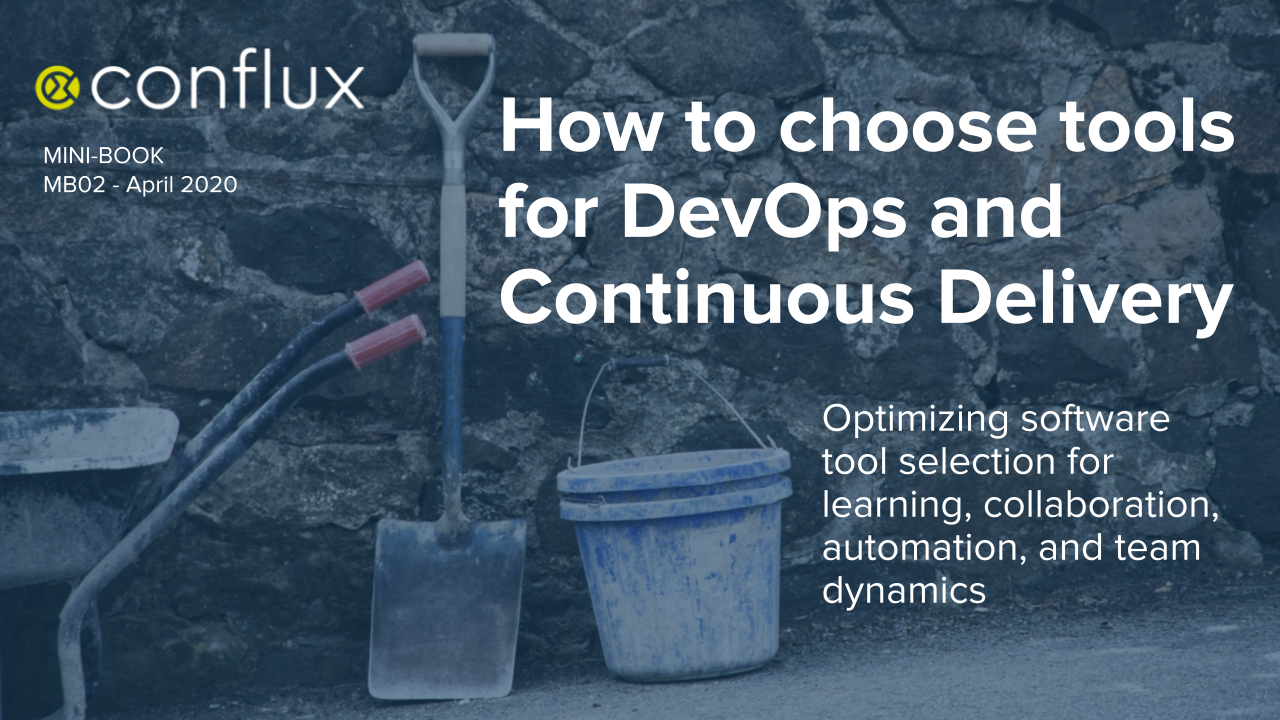
Mini-books: expertise on fast flow distilled in a shareable PDF
All mini-books on fast flow from Conflux
These mini-books from Conflux collect together expertise from across the industry in an easy-to-read PDF.
Fast flow is the key to happy and successful software teams.
But, how is fast flow created? And how do you achieve fast flow without also adding additional pressure on the team? Even better, achieve fast flow within a humanistic environment of empowered, autonomous team members with a shared purpose.
Discover more in this PDF mini-book.
In this mini-book:
Richard James sets out the need for continuous improvement with reference to lessons learned from Nationwide Building Society. The article gives a fascinating overview of the journey to continuous improvement and the ups and downs along the way. In particular, what enabled, inhibited, or didn’t affect flow.
Jessica Kerr on achieving true observability, the best use of telemetry, and the importance of sociotechnical mirroring for fast flow and value creation. She also sets out the truly effective way to measure ‘code quality’.
Audun Fauchald Strand and Truls Jørgensen on how to achieve alignment (of missions, teams, architecture, and terminology) whilst also maintaining autonomy. And what is the real role, function, and place of IT within a business.
Emily Webber on the value that can be realized in organizations through Communities of Practice.
Sophie Weston on psychological safety, its relationship to fast flow, and the business benefits of creating a psychologically safe workplace.
The rapid pace of change across IT leaves many organizations struggling to keep up. The complementary practices of Continuous Delivery, Operability, and Site Reliability Engineering (SRE) offer proven ways to make software delivery effective and responsive.
Discover more in this PDF mini-book.
In this mini-book:
9 ways organizations screw up continuous delivery
How to find the right DevOps tools for your team
5 proven operability techniques for software teams
Adapt ITIL to DevOps with continual service transition
5 ways site reliability engineering transforms IT Ops
SRE in practice: 5 insights from Google's experience
Modern approaches to software tool selection go way beyond the simple checklists of yesteryear.
When choosing tools for DevOps and Continuous Delivery (CD), high-performing organisations know to take into account the social dynamics of the organisation and the trajectory of the rapidly-evolving public cloud vendors.
In this report, we help you to choose tools in a way that emphasises collaboration, automation, learning, reproducibility, and the relationship between teams and software (Conway's Law).
Discover more in this PDF mini-book.
In this mini-book:Overview – choosing tools for DevOps and Continuous Delivery
Choose tools in a way that enables collaboration
Favour tools with APIs for automation
Understand the learning challenges for staff
Avoid special tools that exist only in one environment
Making use of Conway’s Law for tool choices



